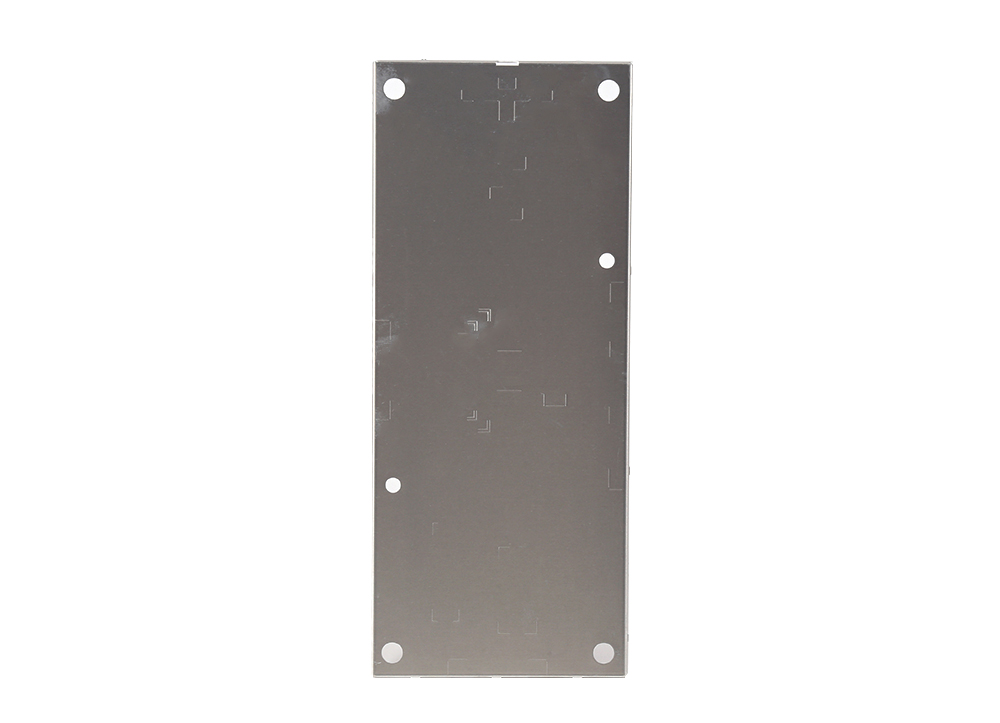Time:2023-08-09 Preview:
1. Reduce initial errors. Improve the geometric accuracy of the machine tool used for machining parts, improve the accuracy of fixtures, measuring tools, and tools themselves, control the stress in the process system, errors caused by heating deformation, deformation errors caused by tool wear and internal stress, minimize measurement errors as much as possible, and directly reduce the original error. In order to improve the machining accuracy of CNC lathes, it is necessary to analyze the original errors that cause machining errors and adopt corresponding solutions according to different situations. CNC CNC lathe machining should strive to improve the geometric accuracy, stiffness, and control the thermal deformation of precision machine tools; The main purpose of processing formed surface parts is to reduce the shape error and installation error of the forming tool.

2. Error compensation method. For some original errors in the process system, error compensation method is adopted to control their impact on workpiece processing errors.
2.1 Error Compensation Method: This method involves manually manufacturing new original errors to compensate or offset the inherent original errors of the original process system, reduce machining errors, and improve machining accuracy.
2.2 Error Cancellation Method: Use the original error to partially or completely offset the original error or other original errors.
3. Distinguish or balance initial errors. To improve the machining accuracy of a batch of parts, a method of distinguishing original errors can be used. When there is a high requirement for machining accuracy on the surface of the workpiece, the method of gradually balancing the initial error can also be used.
3.1 Distinguishing initial error (grouping) method: According to the error reflection law, the measured workpiece size is divided into n groups according to the measured blank or after processing, and each group of workpieces is reduced to the original 1n group. Adjust the precise position of the cutting tool relative to the workpiece according to the error range of each group, so that all components remain consistent within the size dispersion range, greatly reducing the dispersion range of the entire batch of workpieces.
3.2 Homogenization of Original Error: This method is used to reduce and average the original error through ink49>CNC CNC lathe machining. The principle of homogenization is to compare and inspect closely related surfaces of workpieces or tools to discover their differences, and then correct or reference each other for processing.
4. The transfer of the original error. Its essence is to transfer the original error from the error sensitive direction to the error insensitive direction. The original error is transmitted to an insensitive direction. The degree to which various original errors are reflected in the processing errors of parts is closely related to the direction of error sensitivity. If the machining error is moved towards a non sensitive direction during the machining process, it can greatly improve the machining accuracy. The original error is transferred to other aspects that do not affect the machining accuracy.
 Related News
Related News·Definition of high-speed machining centers ·What does the hardware material contain ·One of the key factors of the correct use of aluminum alloy CNC processing equipment ·Method for checking the accuracy of the operation of the CNC drilling and milling machine with a mov ·Application and Characteristics of Hardware Stamping Parts ·How to check the raw material performance of stamping hardware processing technology? ·What are the advantages of automatic hardware spraying of hardware spraying factory? ·High speed machining center ·CNC CNC processing advantages ·Generally speaking, the CNC machining process mainly includes the following contents


